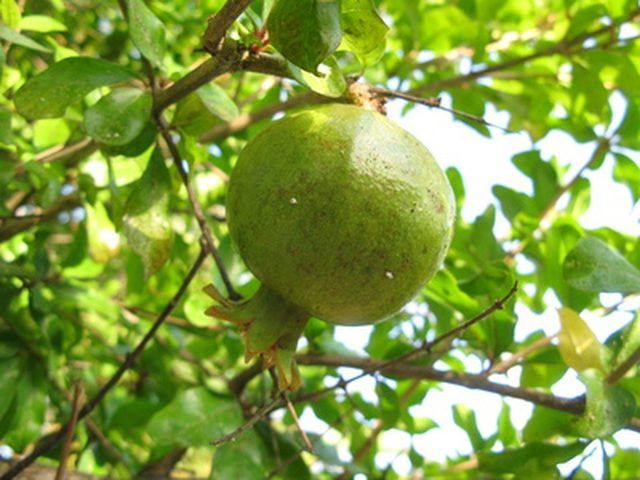Bulbs
Flower Basics
Flower Beds & Specialty Gardens
Flower Garden
Garden Furniture
Garden Gnomes
Garden Seeds
Garden Sheds
Garden Statues
Garden Tools & Supplies
Gardening Basics
Green & Organic
Groundcovers & Vines
Growing Annuals
Growing Basil
Growing Beans
Growing Berries
Growing Blueberries
Growing Cactus
Growing Corn
Growing Cotton
Growing Edibles
Growing Flowers
Growing Garlic
Growing Grapes
Growing Grass
Growing Herbs
Growing Jasmine
Growing Mint
Growing Mushrooms
Orchids
Growing Peanuts
Growing Perennials
Growing Plants
Growing Rosemary
Growing Roses
Growing Strawberries
Growing Sunflowers
Growing Thyme
Growing Tomatoes
Growing Tulips
Growing Vegetables
Herb Basics
Herb Garden
Indoor Growing
Landscaping Basics
Landscaping Patios
Landscaping Plants
Landscaping Shrubs
Landscaping Trees
Landscaping Walks & Pathways
Lawn Basics
Lawn Maintenance
Lawn Mowers
Lawn Ornaments
Lawn Planting
Lawn Tools
Outdoor Growing
Overall Landscape Planning
Pests, Weeds & Problems
Plant Basics
Rock Garden
Rose Garden
Shrubs
Soil
Specialty Gardens
Trees
Vegetable Garden
Yard Maintenance
Yellow Leaves on Pomegranate Fruit Tree
Yellow Leaves on Pomegranate Fruit Tree. A small tree of Middle Eastern origin that is widely cultivated for its delicious fruit, the pomegranate tree, or Punica granatum, can be grown as a specimen tree or as a hedge, fruit-bearing shrub or container plant. The pomegranate tree thrives best in sunny conditions and is drought resistant as well as...

A small tree of Middle Eastern origin that is widely cultivated for its delicious fruit, the pomegranate tree, or Punica granatum, can be grown as a specimen tree or as a hedge, fruit-bearing shrub or container plant. The pomegranate tree thrives best in sunny conditions and is drought resistant as well as salt tolerant. Propagation is by cuttings as the seeds, although easy to germinate, do not grow true to type.
Causes
Pomegranate trees are deciduous and lose their leaves in the fall. The trees grow in USDA zones 8 to 11 and will shed some or all of their leaves before winter in the colder areas of their range. The first sign that shedding is going to occur is yellowing of the leaves in late summer and early fall.
Considerations
Reduce the amount of water you give your pomegranate tree if it is growing in semi-shade or a damp spot. Allow the soil to dry out completely on the surface before watering and give one good soak every week or 10 days rather than regular small waterings. Consider cutting back surrounding vegetation to give your pomegranate tree more direct sunlight. Increase the amount of water your pomegranate tree receives if it is growing in full sun, on dry and well-drained soil or in a small container. If your pomegranate tree has recently been planted, make sure that you water the original root ball rather than the surrounding soil. Some leaf yellowing and leaf drop is normal after you plant out a pomegranate tree and it acclimatizes to new conditions.
Solution
Fertilize your pomegranate tree if the yellow leaves are appearing mostly at the bottom of the tree. Trees generally shed their older leaves if they are short of nitrogen. A nitrogen-deficient tree is unlikely to produce much fruit. A general all-purpose fertilizer is suitable for pomegranate trees.
Warning
Check your pomegranate tree for signs of whitefly, mealybug and scale insect infestation. These tiny insects spread viruses and suck sap from trees, often turning their leaves yellow. Infestation by insects is best treated with an all-purpose insecticide spray.
Treatment
Look for signs of Cercospora fungus on the yellowing leaves of your pomegranate tree. Small, dark patches on the leaves are a sign that your pomegranate tree is infected. Treat the tree with a fungicidal spray based on copper and reduce watering until the infection is over.